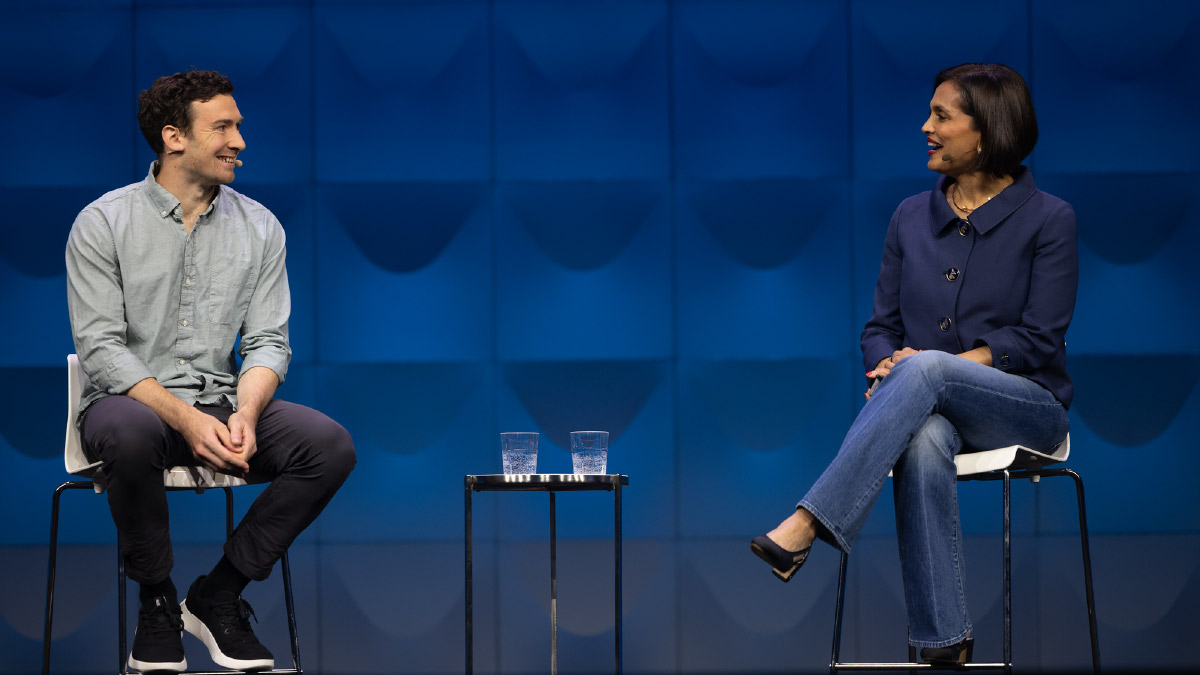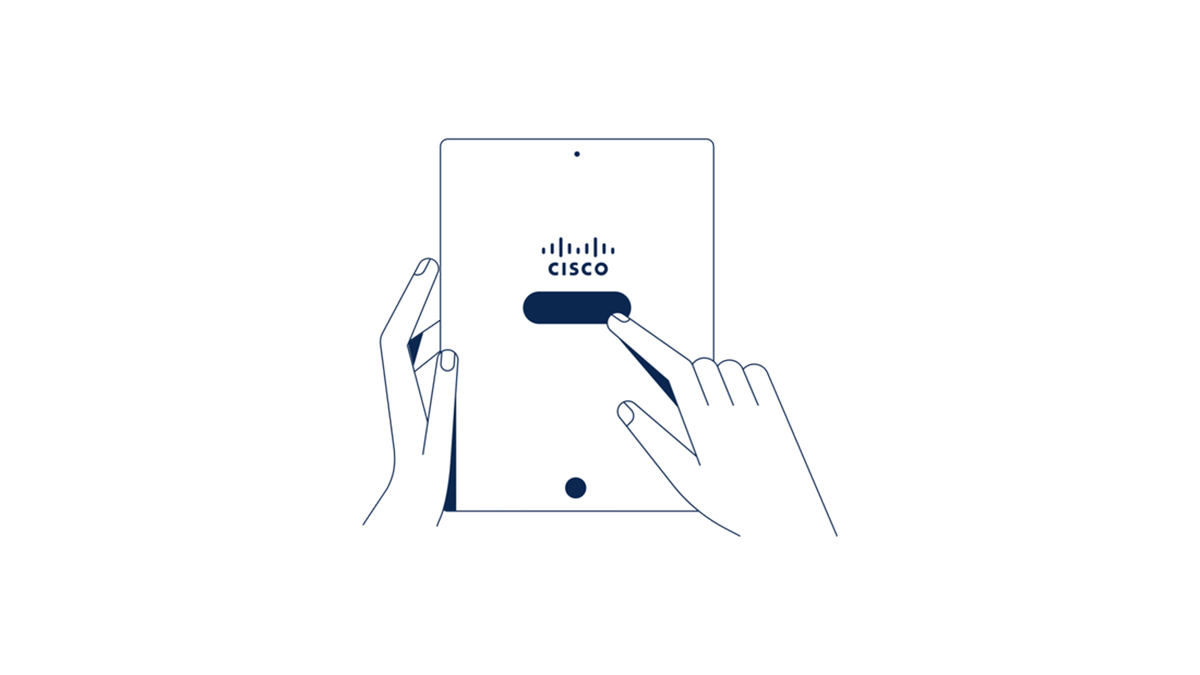Advanced technologies deliver awesome experiences but also make it harder to work out where things are going wrong.
I am in Spain when I speak via Cisco Webex to Mike Hicks, principal solutions analyst at Cisco ThousandEyes, in Perth, Australia. We are joined by Anna Vaverka, Cisco ThousandEyes’ global PR lead, in San Francisco. With more than 14,800 miles between us, we talk as if all in one room.
Such interactions are taken for granted in our age of ubiquitous videoconferencing, even though a mere 100 years ago we would have had to fly around the world to see each other—and the first aerial circumnavigation of the world did not happen until 1924.
Now the ultimate constraint on virtual face-to-face meetings is “we can’t reduce the speed of light,” says Hicks, whose company—along with a slew of others—aims to ensure no other roadblocks get in the way of seamless digital user experience, no matter where you are in the world.
Like many digital services, from content streaming to internet banking, Webex relies on a vast array of advanced technologies, such as cloud computing and content delivery networks. These technologies can deliver stunning results when they all work together, as my chat with Hicks shows.
But things can sometimes go wrong. And while a frozen picture or blurred audio can be merely inconvenient in a video meeting, such matters are make-or-break issues for streaming platforms, gaming companies, and a host of other corporate interests.
“Problems like lag, latency, packet drops, and network bottlenecks have adverse effects on the user experience, slowing them down and creating frustration, costing the company customers,” says Kimberly Taba DeRose, senior product marketing manager at Clockwork Systems
“Companies ignore network digital experience at their peril,” she says. “Users will only spend a few seconds on a website or app and are less likely to return. The cost of ignoring network digital experience can be measured in unhappy customers, customer churn, and lost sales.”
That is why it is vital to solve digital experience problems as quickly as possible. But finding where a fault lies is hard when so many layers of technology are involved—and even harder given that many of those layers may be outside the control of the digital experience provider.
“Businesses increasingly rely on cloud services, software-as-a-service applications, remote work, and a distributed technology infrastructure,” says David Anguera Ponsa, founder and CEO of IT services provider Nubemsystems.
“Any network or application issues can affect the end-user experience, resulting in losses to productivity, revenue, and even reputation,” he adds. “In addition, the growth of the Internet of Things and mobile applications have increased the complexity of managing digital experience.”
Aiming to tame that complexity and help businesses achieve digital resilience are new solutions that operate across domains, even beyond the IT perimeter, to deliver end-to-end digital experience assurance.
Going beyond monitoring, for instance by leveraging artificial intelligence (AI), digital experience assurance solutions provide automated insights and enable closed-loop automations across a connected ecosystem of owned and third-party services.
Optimizing digital experience has many facets—Clockwork, for example, focuses on improving clock synchronization in cloud networks.
“Once the clocks are synchronized, new measurements like true one-way delay offer insight into cloud network performance which can then be used to pinpoint and address latency, elevating best-effort networks to zero-drop networks,” says DeRose.
Meanwhile ThousandEyes, which was acquired by Cisco in 2020, enables advanced monitoring of cloud and Internet performance to identify possible trouble spots across every domain that powers a digital experience. “One core element of our platform is synthetic transactions,” Hicks explains.
“We basically emulate transactions from millions of global vantage points,” he says. “We have vantage points within the major cloud providers [and] within the customer base. We then collate all that data and triangulate that to say, ‘This is where the issue is.’”
Cisco ThousandEyes and Splunk, which Cisco bought in 2024 and focuses more on safeguarding digital experience from a cyber security perspective, both use AI to help uncover problems and suggest solutions faster than human experts can.
“These acquisitions are playing an integral role in simplifying this fundamental problem: there’s been this buildup of applications, stacks, capabilities that are very difficult to monitor on a unified basis,” says Ron Westfall, research director at technology analyst and advisory firm Futurum Group.
“Performance optimization is something I think is going to be even more critical for being able to prevent disruptions, that you know the network is not going to disrupt the end-user experience,” he says. “It’s about security and compliance as well—that’s going to be another key driver.”
Organizations from World Wrestling Entertainment to the McLaren Formula 1 team are among those optimizing their digital experiences using Cisco ThousandEyes technology.
For the many companies that care about their users’ digital experiences, digital experience assurance is “something that is being driven at CXO level,” says Westfall.
Then he signs off from the conference he is attending in Las Vegas, after another flawless video call underscores the importance of investing in digital experience assurance.





